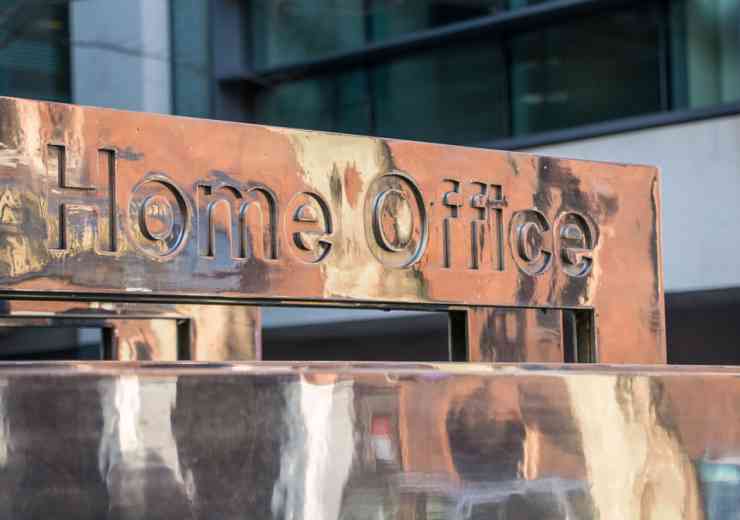UK’s border systems still relying on legacy technology
The National Audit Office has reported that the Home Office did not deliver improved digital border systems to its planned timetable of March 2019, increasing costs by £173 million and meaning it continues to rely on legacy technology.
The Home Office has since reset its Digital Services at the Border programme to change the scope and push delivery back to the end of March 2022. However, while the department has made improvements, the NAO says that it still faces significant risks in delivering and integrating its new systems against a challenging timetable.
Digital Services at the Border programme, which began in 2014, sought to replace legacy systems which it considered increasingly expensive, difficult to maintain and unfit for the future needs of government. The programme intended to provide UK Border Force staff with better information to make decisions about people crossing the border and to track goods entering and exiting the UK.
Even before the UK’s exit from the EU is taken into account, the NAO said that the programme lacked clear objectives, a timetable for delivery and a budget from the off, issues that have since been worsened by the Brexit process.
In July 2019, the Home Office decided to undertake a reset and refocus the programme on its core national security requirement to provide more control over who enters the UK. This meant it would continue rolling out its Border Crossing system; stabilise and improve, rather than replace, the Semaphore system; and remove the replacement of systems relating to the flow of goods from the programme completely. It also extended its delivery timescale by three years to March 2022. This will add £191 million to the cost of delivering the new systems and the Home Office will have to pay a further £145 million to keep the legacy systems running.
The delay means the Home Office does not start to pay the running costs of the new systems until 2022-23 and it also spent less than planned prior to March 2019. The Home Office therefore estimates that the net impact of its failure to deliver the programme by the end of March 2019 as originally planned is an additional cost of £173 million.
The Home Office now has 16 months to introduce its new systems, including delivering the more technically complex aspects of the programme which it has previously struggled with. It is dependent on the full roll out of Border Crossing – its new long-term solution for managing the ‘watchlist’ of individuals of interest – to meet new demands on border management arising from EU Exit. Technical issues affected the availability of an earlier version of Border Crossing which was live from September 2019, causing increasing amounts of downtime. The most significant requirement will be to enable electronic visas, settled status and other status which will be official digital permissions allowing entry to the UK, to be checked at the border against the watchlist.
Gareth Davies, head of the NAO, said: “The Digital Services at the Border programme did not achieve value for money by March 2019, failing to deliver what it intended and leaving Border Force staff to rely on outdated legacy systems. Since resetting the programme, there have been improvements and the Home Office has a better understanding of the significant risks and challenges ahead. It now needs to build on this work to ensure that it can deliver the programme at the pace and scale it requires.”






















